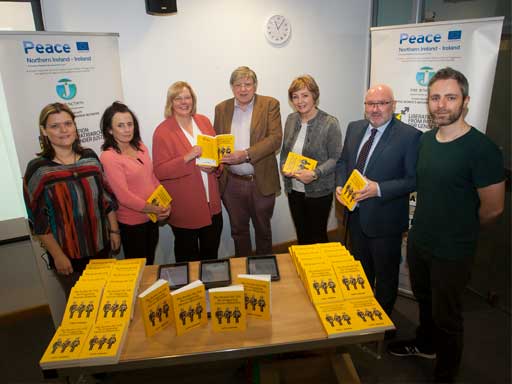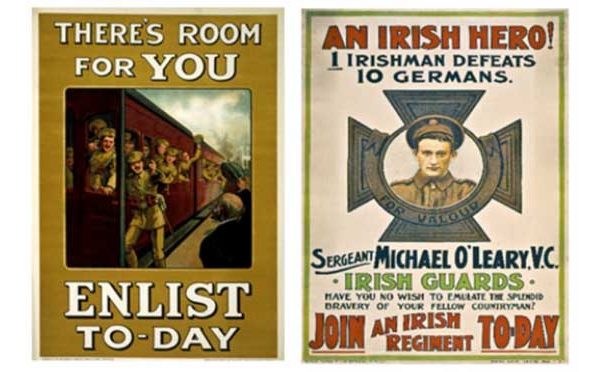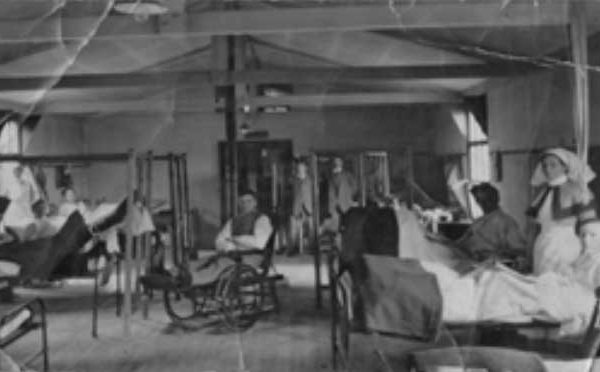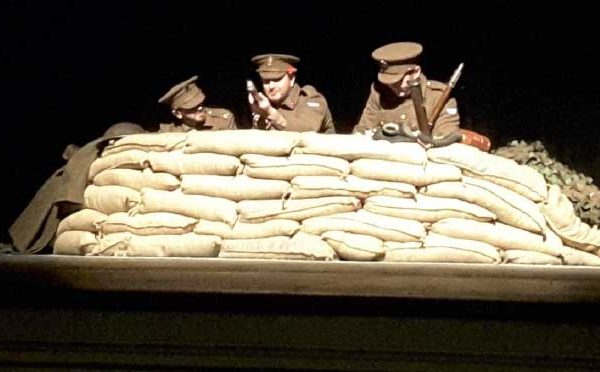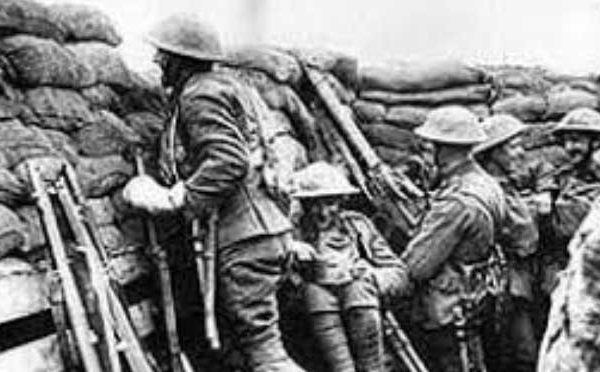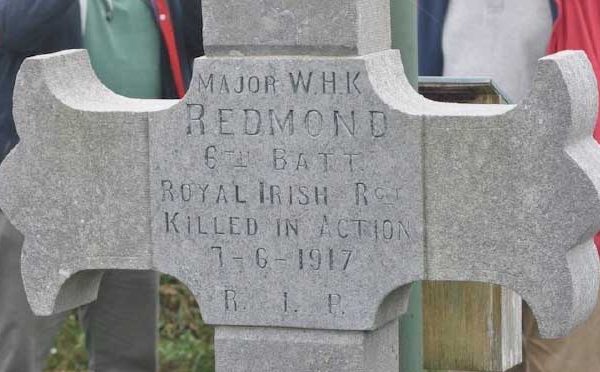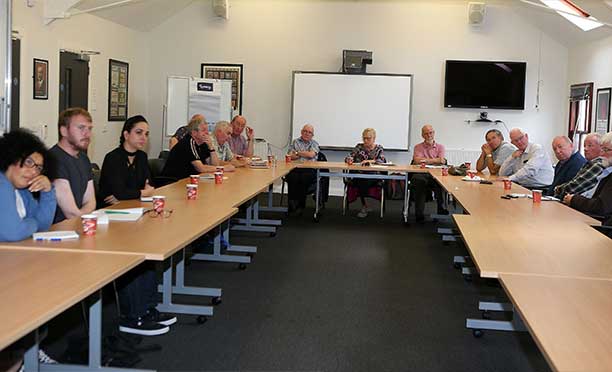The Tower Museum created an exhibition commemorating the centenary of the sinking of the Laurentic. The famous gold ship, which now lies at the bottom of Lough Swilly, was sunk by German mines from a U-boat on the 25 January 1917. The story of its sinking, its survivors, and the hunt for the 43 tonnes of gold on board to pay for munitions during the First World War has since captured the imagination of generations of researchers, historians and divers.
Our project began when the owner of the wreck, Ray Cossum, approached us with his archive and collection of artefacts from the wreck. From there the project gathered pace, with the local community coming forward and regaling us with their personal connections the wreck, family members who survived, who saw the ship while berthed in Lough Swilly before its fateful voyage, who remember the dead washed up on shore.
The diving community also got in touch, offering to loan and donate incredible objects from the ship and wreck itself, including the knocker from the captain’s cabin door, tiles from the pool area, the bell from the bridge (with indentations where it was battered with a wrench as the ship went down). Towel rails, portholes, white star line insignia, all culminated in a fantastic visual exhibition which paid a moving tribute to what was at the time a momentous tragedy.
The exhibition, and the series of the events that followed, proved hugely popular. The hunt for the gold ignited the imagination of the younger generations, while the tragedy of the sinking and the great loss of life proved particularly poignant for those trying to reconnect with the family history during the First World War. The exhibition will be permanently displayed in the new DNA project, set to open in Ebrington Square in 2025.

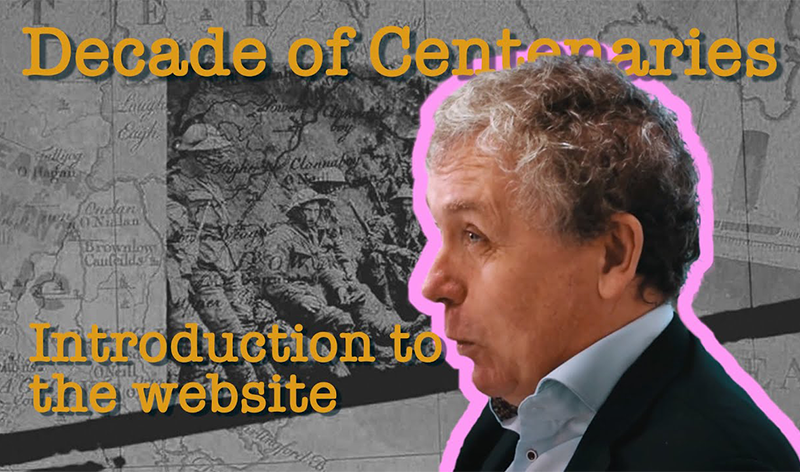
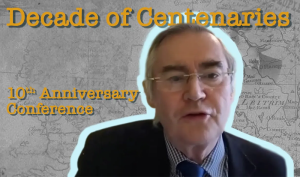
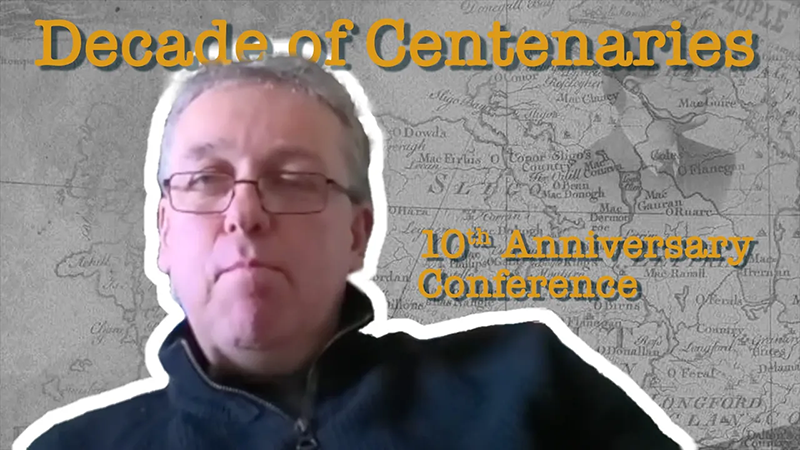
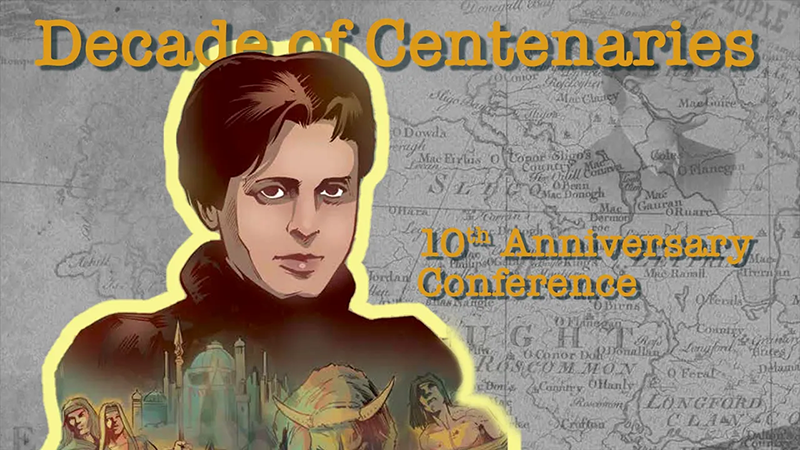
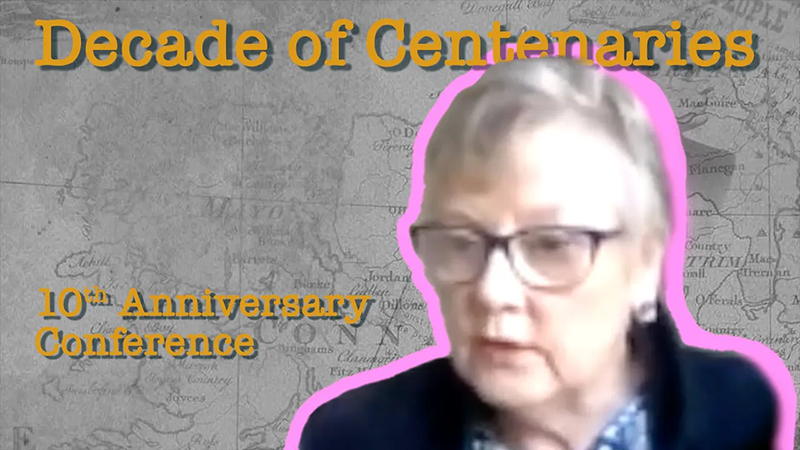
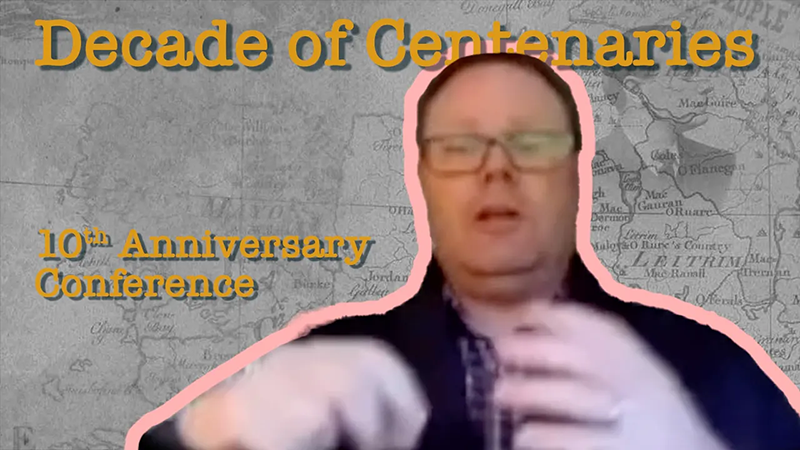

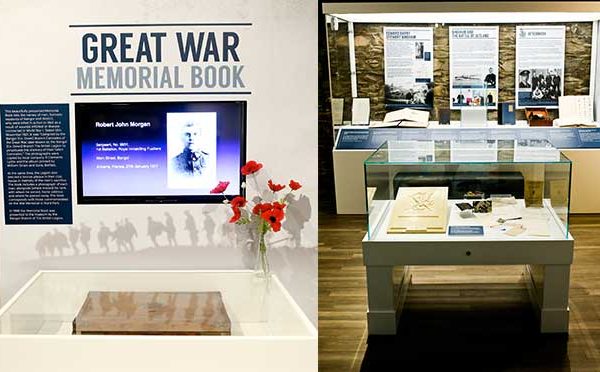
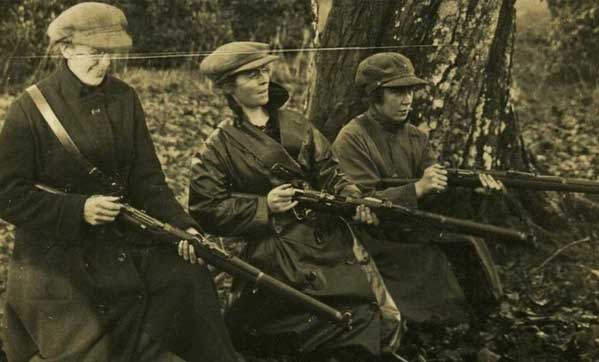

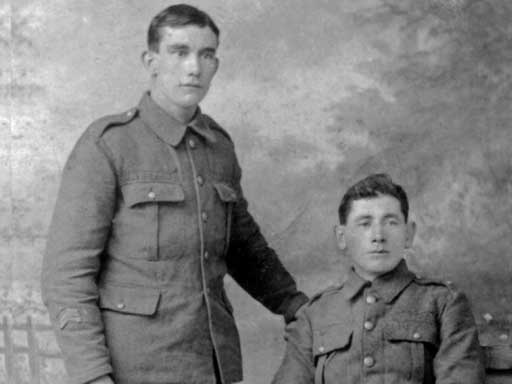
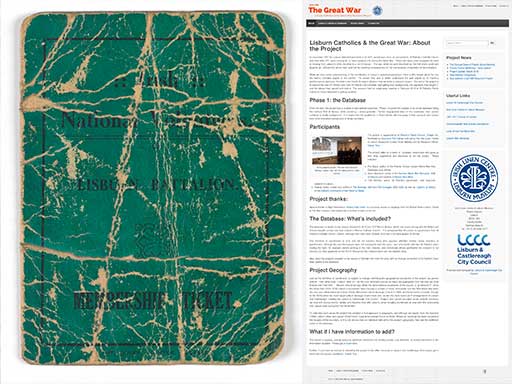



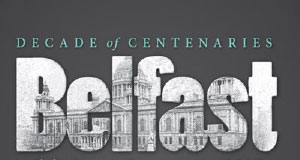
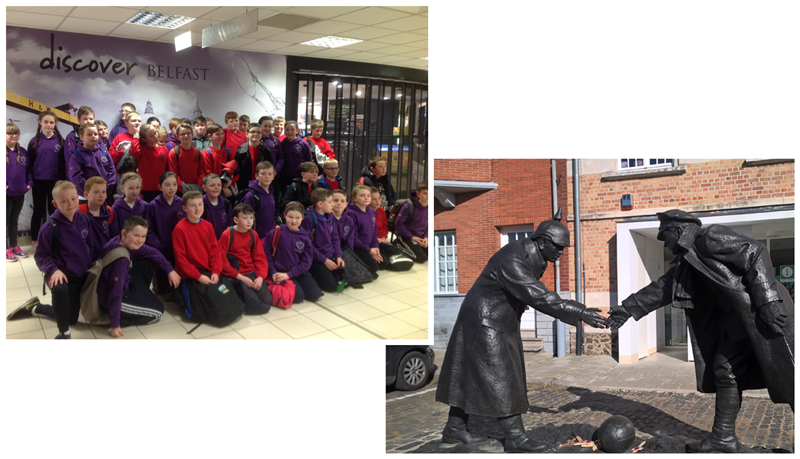

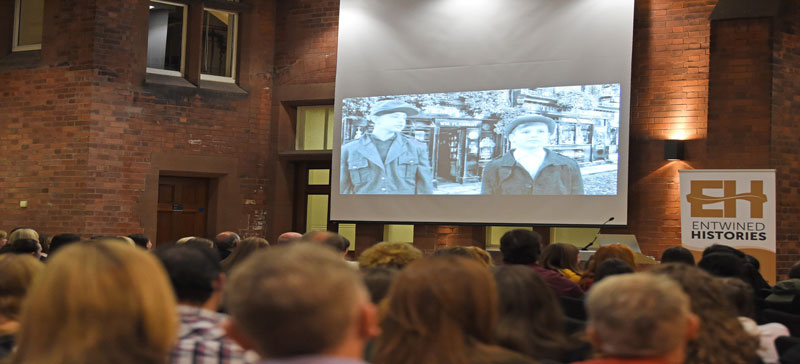
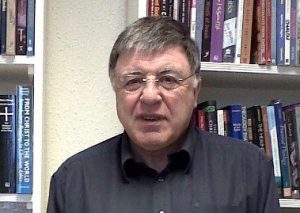 The Ethical and Shared Remembering Programme 1912-1922 has been developed by Johnston McMaster in partnership with The Junction, and is focused around a five strand methodological framework:
The Ethical and Shared Remembering Programme 1912-1922 has been developed by Johnston McMaster in partnership with The Junction, and is focused around a five strand methodological framework: